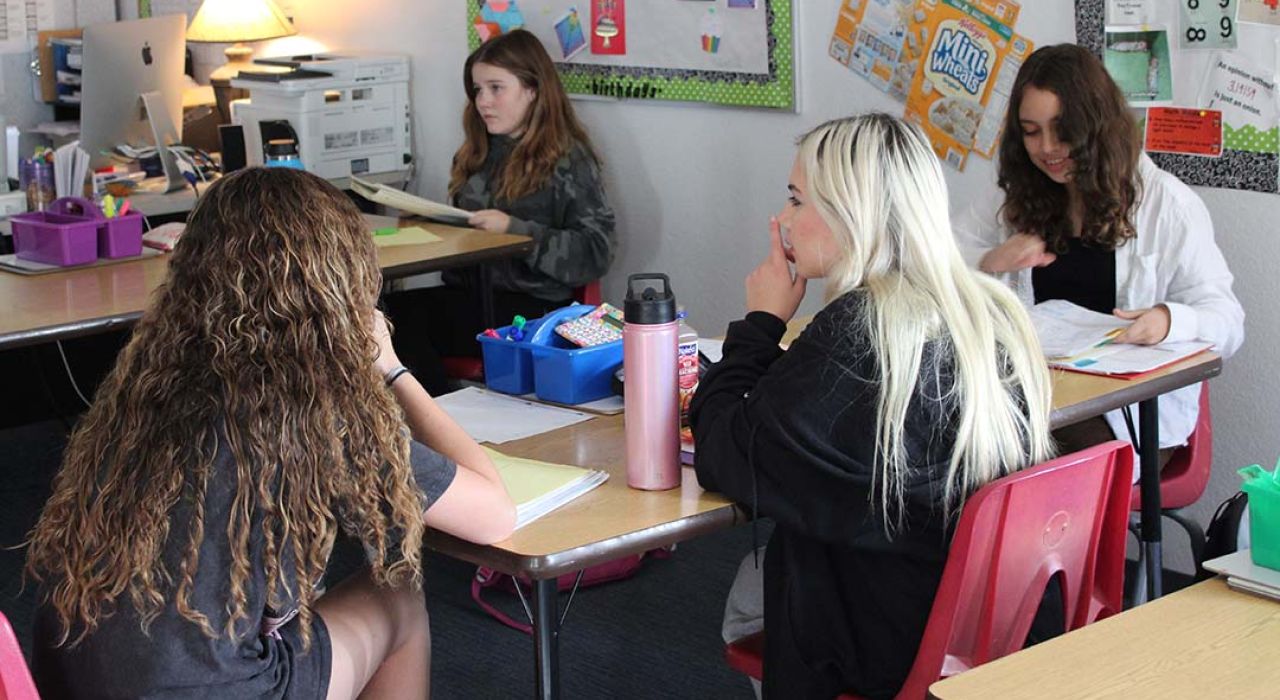
Math progression at TGS:
One size doesn't fit all
by Mickey Celentano, mathematics facultyMath progression is personalized at The Gregory School. Students are not placed in a math class simply according to their grade level or test results, but based on a variety of factors that culminate in a placement decision.
“At TGS, our students are placed in Mathematics courses based on evidence of readiness,” mathematics faculty member Mr. Steve Kraus explained. “Readiness is composed of both academic readiness (mathematical course history and performance) and behavioral readiness (self-regulation, responding appropriately to feedback, well-being).”
Factors that determine student placement and readiness include an initial test determined by a student’s math level at the previous school, a family consultation to ensure that parents/guardians agree with the placement, and continuous teacher observation and evaluation to ensure that the placement is correct. Sometimes it is appropriate to move students to a different math class in order to promote progress in their math abilities and a better understanding of concepts.
The Gregory School math progression also offers a great deal of flexibility. For example, two Middle School students who are in Math 6 together one year may diverge in their math classes the next year, with one going to Math 7 and the other being ready for Pre-algebra+.
The goal of the placement is for students to be in a class that they have the readiness to be successful in, but that will also challenge them.
The middle school math program offers a variety of classes to support students’ current abilities. Below are examples of a Middle School at-grade-level progression and a progression a year advanced.
We also have many Middle School students who are two or more years advanced. That progression moves into the Upper School math courses, which have a diverse array of course options. For more information about the math curriculum and a course flowchart, please see our Middle School and Upper School curriculum guides.
-
Starting in 5th grade:Math
-
6th Grade:Math 6
-
7th Grade:Math 7
-
8th Grade:Pre-Algebra
-
Starting in 5th grade:Math 6
-
6th Grade:Math 7
-
7th Grade:Pre-Algebra+
-
8th Grade:Algebra BAt the end of 8th grade the student will have one year of high school math credit.

"Teaching at The Gregory School lets me focus on what is best for students every day. Working with students in small classes offers me the opportunity to get to know each individual in order to meet their learning needs.I also have the opportunity to work with students outside of the classroom through explorations of community involvement. I feel like we are preparing students to be positive global citizens."
Mickey Celentano received her B.S. from Creighton University. She was appointed to The Gregory School faculty in 2016.